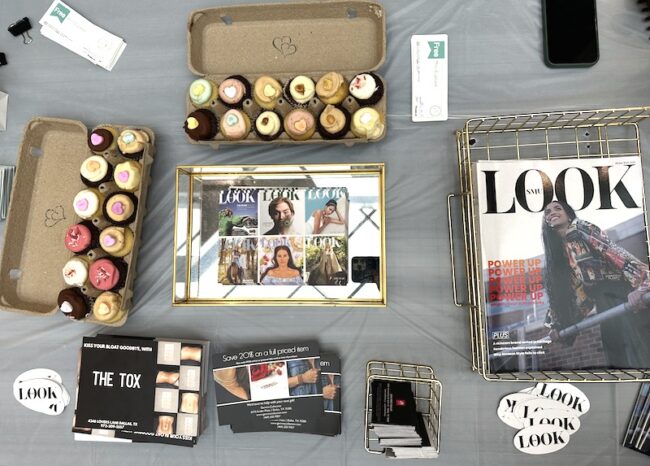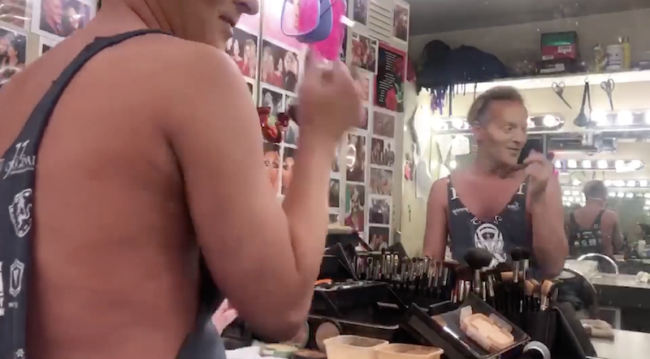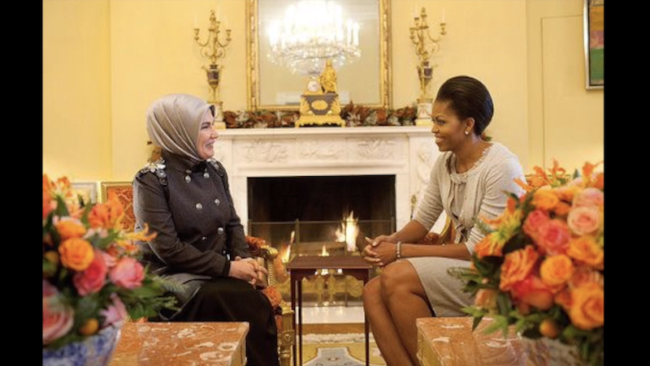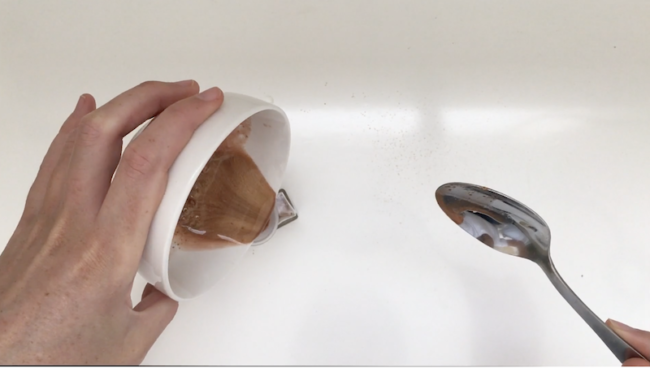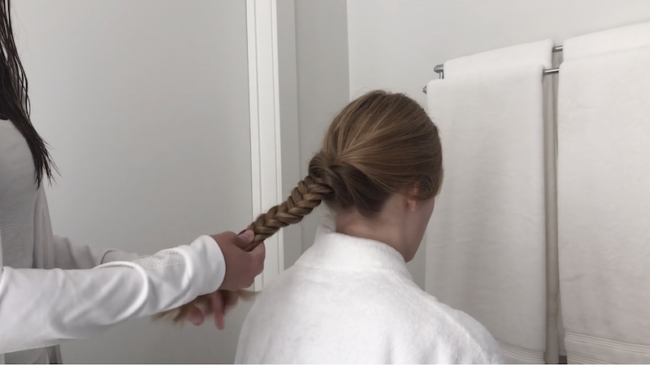Dallas resident Carrie Gahvejian recalls attending her first Pink Floyd concert in 1976. She wore a mustard yellow, bell sleeve turtleneck tucked into flared jeans and her favorite Bare Trap shoes while singing along to “Brain Damage.”
“I loved the 70s, the clothes and the music,” Gahvejian said. “My era was by far the best.”
The trends of the 70s have continued to stay relevant, according to Gahvejian.
“The clothes keep coming back and really never have completely faded away,” she said.


She’s right. Today, hoop earrings are in almost every store’s accessory section and bellbottoms have replaced skinny jeans. Celebrities are even wearing jumpsuits on the red carpet.
The fashion industry is a constantly changing, adapting to trends in art and culture, films and books, and the economy and politics. But often, old trends return. Today, the trends of the 70s are back, as bell sleeves, round sunglasses, maxi dresses and flared pants take over the fashion world.
Chelsea Ball, fashion history expert and former professor of fashion media at SMU, said fashion always comes full circle, just in different ways. However, she does not think that the 1970s fashion is here to stay.
“I don’t think we’ll ever see a true return to the 70s, but the wrap dress and wide-leg jeans are things that we are currently seeing trending,” Bell said in an email interview.

The 1970s was an era of freedom, especially with fashion. From flowy dresses to concert T-shirts, there were clothes for all types of people. The 70s fashion reflected this by almost having no style at all. That doesn’t mean there weren’t trends — because yes, there were bellbottoms, suede fringe, vests, peasant blouses, and much more — but the 70s was a time where individuality was the style.
“The seventies are synonymous with flowy styles as well as bright prints,” Bell said.
Today, individuality is key once again. With social media giving everyone a platform, more people are attempting to be differentiate themselves with their style, according Gahvejian.
SMU fashion media major Josephine Wasburn loves the 70s trend and looks back at pictures of her mom in her teens for inspiration.
“I have a lot of bell bottom jeans and I’ve seen dresses and shirts with bell sleeves making a comeback,” Wasburn said.
However, there is more to fashion trends than simply just wearing them to be “in style.” San Diego history professor Colin Fisher said that fashion trends can be a reflection of economic and political issues of the time. Politics can drive fashion, especially when it comes to political protests and causes. In the 1970s and today, political matters are reflected through graphics on shirts, patches and pins.
“This was definitely the case in the late 60s and early 70s, and it’s certainly true of today,” Fisher said. “For instance, the Black Lives Matter shirts.”
Similar political issues remain today such as racial strife, according to Gahvejian.
“All parties were conducting themselves in the same manner as they are today,” Gahvejian said, “We just have it sensationalized by our media and social media today.”



